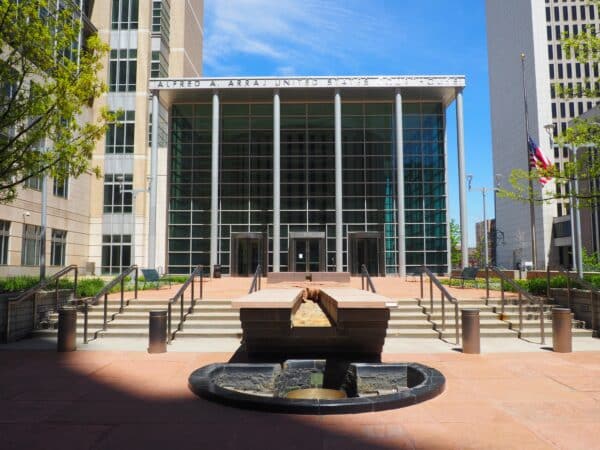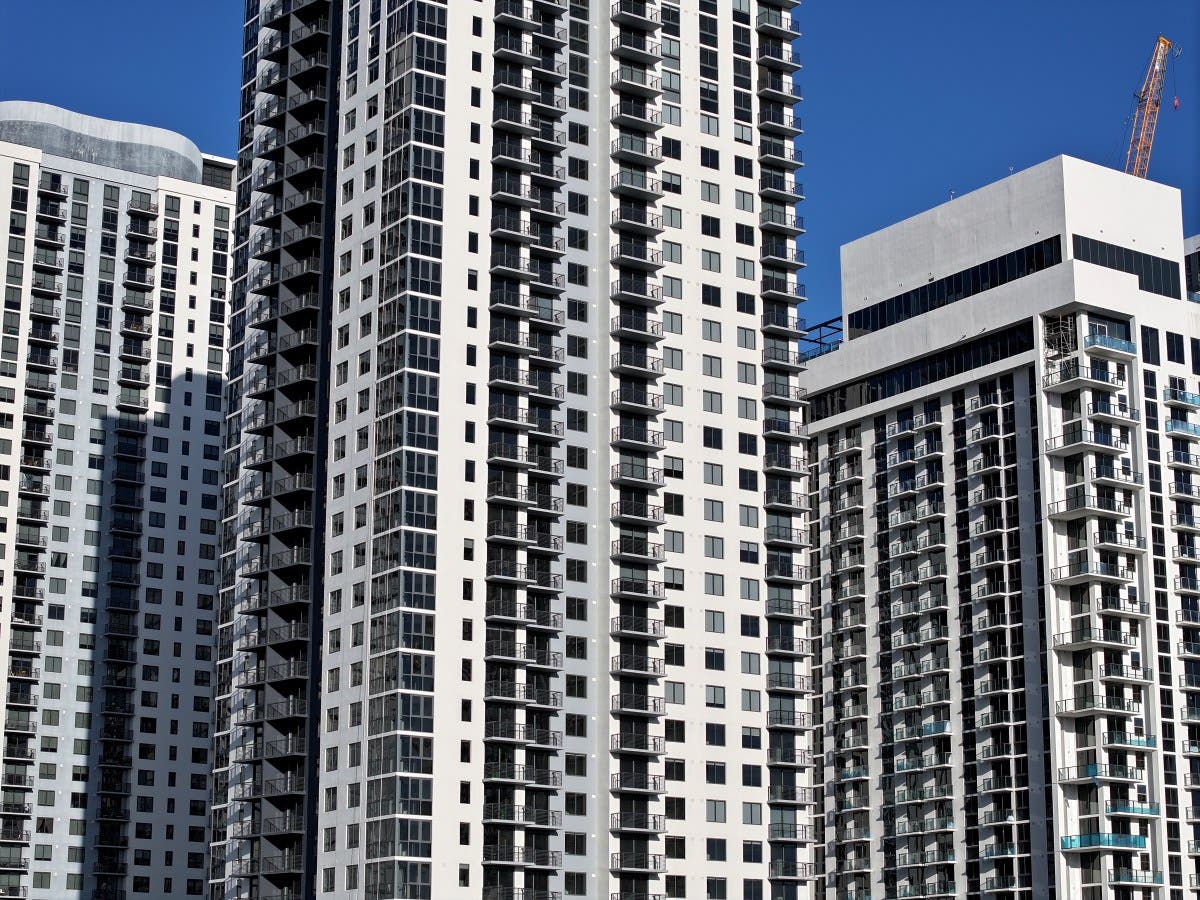I
nvestors now represent 10.8 % of all home buyers in Q2 2025, a slight rise from 10.7 % a year earlier and just shy of the 12.1 % peak seen in 2022. Despite a 4.2 % drop in overall sales, investor purchases fell only 2.7 %, keeping their market share relatively strong.
In highly competitive metros, investors are willing to pay up to 35 % above the median price for single‑family homes, while in other regions they secure properties as much as 53 % below the local median. The top 50 U.S. metros show the most pronounced investor presence: Memphis leads with 25.2 % of buyers (up 4.7 % YoY), followed by St. Louis at 20.6 % and Kansas City at 19.3 %.
“Even as investor activity recedes from pandemic‑era levels, they encounter fewer obstacles than typical buyers,” said Danielle Hale, Realtor.com’s chief economist. “With affordability stretched and inventory tight, many potential buyers stay out of the market, allowing investors to capture a larger share and, in some areas, exert greater price influence.” Hale added that concentrated investor purchases can intensify price pressure in already competitive markets.
Investor spending patterns vary by region. Western and coastal states see higher premiums: Montana investors pay 35.1 % above the median, Utah 33.7 %, California 23.3 %, and New York 12.3 %. Conversely, states like Michigan, Maryland, and Virginia see investors paying 53.1 %, 45.4 %, and 45 % below the median, respectively.
Hannah Jones, senior economic research analyst at Realtor.com, cautions that investors are not the main driver of nationwide price levels. “Mortgage rates and housing supply will have a far greater impact on the overall price trajectory than investors alone,” she wrote. Jones predicts that if mortgage rates ease in spring 2026, investor market share will likely decline, requiring a more substantial rate drop or stronger rental returns to spur significant investor activity.













